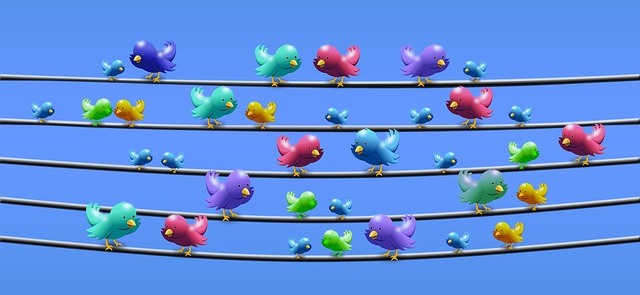Public relations experts consider Twitter a valuable – perhaps the most valuable — social media channel for PR. Its open nature allows users, including politicians, business leaders, media pundits and others, to reach large audiences.
For PR pros, Twitter is ideal for monitoring news media and networking with journalists and other influencers. With that in mind, here are some key recommendations for PR pros and their organizations on how to use Twitter to publicize their news and promote their brand messages.
Include relevant trending hashtags. Hashtags allow users to scan topics to find tweets. Journalists often search hashtags while seeking story ideas. A hashtag linking your news to a larger trend may lead to media coverage. Don’t use more than two hashtags. Some experts recommend not adding hashtags to tweets if you want viewers to click on your link.
Mention industry thought leaders. Including the Twitter handle of industry thought leaders in your market or industry can prompt them to respond publicly, greatly increasing the tweet’s reach. “Journalists are more likely to think your announcement is big news if powerful influencers are talking about it,” says Jenna Beaucage at Rainier Communications.
Offer a story angle. Just as in media pitches over the phone or email, explain why your news matters to the journalist and their audience. Remember, reporters care about writing a story that interests their readers, not about publishing your company’s news announcement.
Embrace the power of brevity. Tweets can now contain up to 280 characters, but being concise is still part of Twitter’s DNA. It’s also a best communications practice. Making your message or pitch fit into a short tweet helps you find the hook or core message for your marketing or PR campaign. When that’s accomplished, writing longer descriptions for other platforms becomes easier.
Use social media management tool. Managing multiple accounts for multiple clients can be challenging. Tools such as Hootsuite or Buffer allow communications pros to easily manage multiple accounts for different networks and to schedule posts in advance. Consider creating separate Hootsuite or Buffer accounts for personal and business profiles. PR pros have been known to accidentally tweet embarrassing personal information on business accounts.
Measure results. UTM codes can track links and show how many people clicked on your links and what campaigns were most effective. Tools, such as Bit.ly, shorten links and help track results. While Twitter’s analytics dashboard offers data, a subscription media monitoring and measurement service offers a broader view by combining data from all media sources into a single dashboard.
Beware of promoting too much. Too many brands continuously promote their own products, eventually annoying followers. Instead of constantly blowing your own bullhorn, focus on content that educates your audience. Also retweet and share content of others. You can also retweet with a comment to add your own commentary.
Enter conversations surrounding hashtags. Scan trending topics, which typically have an accompanying hashtag. Then join relevant conversations when you have something worthwhile to share. For instance, plenty of brands and organizations tweet to support causes and movements like Women’s History Month.
Compile lists. Twitter lists collect – or list – users in one location, allowing you to more easily monitor and interact with the right people. You can group people and organizations by profession, niche industry or almost any characteristic. Twitter Lists can help find essential news, monitor for potential crises, and develop relationships with journalists, bloggers and other influencers. Simply adding influencers to a list can get their attention since Twitter automatically notifies them when they’re added to lists.
Wit. Use Twitter with creativity, wit and (carefully) sass. Wendy’s offers the prime example of witty responses and irreverent comments. However, such comments can be risky. Brands should assess if “edginess” fits its overall brand image.
Combine paid & organic promotions. Consider combining organic and paid strategies to supercharge results. Although many companies find success on the platform without advertising, brands with the most organic success create a mix of organic and paid content, according to Twitter. Promoting a Tweet can provide the initial momentum it needs to attract extensive organic attention. Likewise, an advertising campaign to attract followers attracts additional followers organically. In other words, a crowd attracts a crowd.
Bottom Line: Twitter offers a superb public relations tool. PR pros can get the most out of Twitter by following these recommendations.
This post was first published on July 24, 2018, and updated on March 10, 2020.
Download the 2020 Ultimate Guide to Media Monitoring, Measurement & Analytics for PR & Marketing
William J. Comcowich founded and served as CEO of CyberAlert LLC, the predecessor of Glean.info. He is currently serving as Interim CEO and member of the Board of Directors. Glean.info provides customized media monitoring, media measurement and analytics solutions across all types of traditional and social media.





